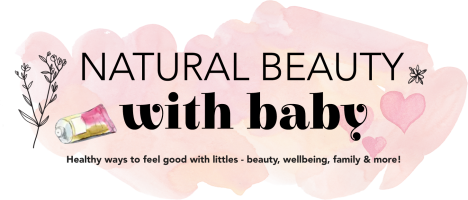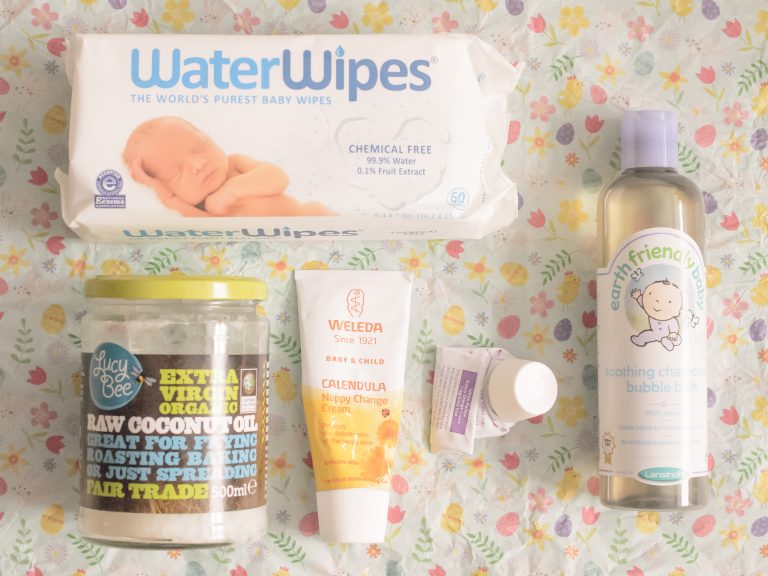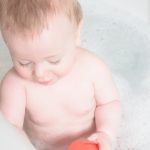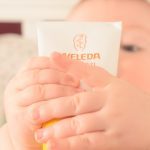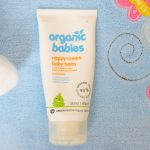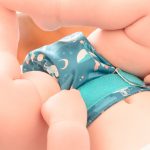In this post I want to look at some of the popular baby care products that can be found on supermarket shelves. Here are some healthier replacements for mainstream baby products.
I’m sure most of our parents used these popular brands on us when we were babies, and people just keep using them. The scary thing is that parents trust these brands. But take a closer look at the ingredients, and not only are many not gentle, they’re downright scary.
For every risky mainstream baby product, a healthy alternative exists. Let’s see what easy swaps we can make!
#1 – Johnson’s Extra Sensitive Baby Wipes
Why you shouldn’t use them
These wipes, despite “extra sensitive” in the name, contain phenoxyethanol, which is used as a preservative to extend shelf life. Do you clean bub’s hands with a wipe, and do they suck their hand later? This Dermareview article explains how infant oral exposure to phenoxyethanol can acutely affect nervous system function. Add to that the concerns over phenoxyethanol’s ability to irritate the skin, why risk it when you can use baby wipes without any nasties?
What to use instead
We adore Water Wipes. They have just two ingredients: water and grapefruit seed extract. They’re so gentle that 97% of midwives think they’re okay for newborns to use. Yes, you can rarely get just one Water Wipe from the pack, and when you get to the end of the pack the tab often doesn’t stick down anymore, and they can be prone to leaking, but they are so kind to baby’s delicate skin.
#2 – Johnson’s Bedtime Baby Bath
Why you shouldn’t use it
Contains a number of worrying ingredients:
- Sodium laureth sulfate, a known irritant which can be contaminated with manufacturing impurities such as 1,4-dioxane, which causes liver and kidney damage in rats.
- Polysorbate-20, a simple sugar alcohol which also may be contaminated with 1,4-dioxane. Manufacturers can remove 1,4-dioxane from toiletries in a process called vacuum stripping. The fact that it can be removed from skincare products doesn’t necessarily mean it has been. This ingredient seems like playing skincare roulette, and it isn’t worth the risk.
- PEG-80 sorbitan laurate, PEGs (polyethylene glycols) are used to thicken and emulsify products and accelerate the absorption of other ingredients into the skin. PEG-80 sorbitan laurate has major toxicity and allergen concerns.
- PEG-150 distearate is not considered an irritant when used on healthy skin, but should not be used on broken skin. Why use any baby product containing it given these concerns?
- Sodium benzoate is another potentially risky ingredient. It occurs naturally in plants and is used as a preservative in foods and cosmetics, yet the implications of its use are not fully researched.
- Parfum, which could be a chemical cocktail including endocrine disrupting phthalates.
What to use instead
Earth Friendly Baby Lavender Bubble Bath. We’ve used both the lavender and chamomile versions of this wonderful bubble bath. It contains actual lavender rather than a patented cocktail of artificial fragrance, and contains no nasty chemicals.
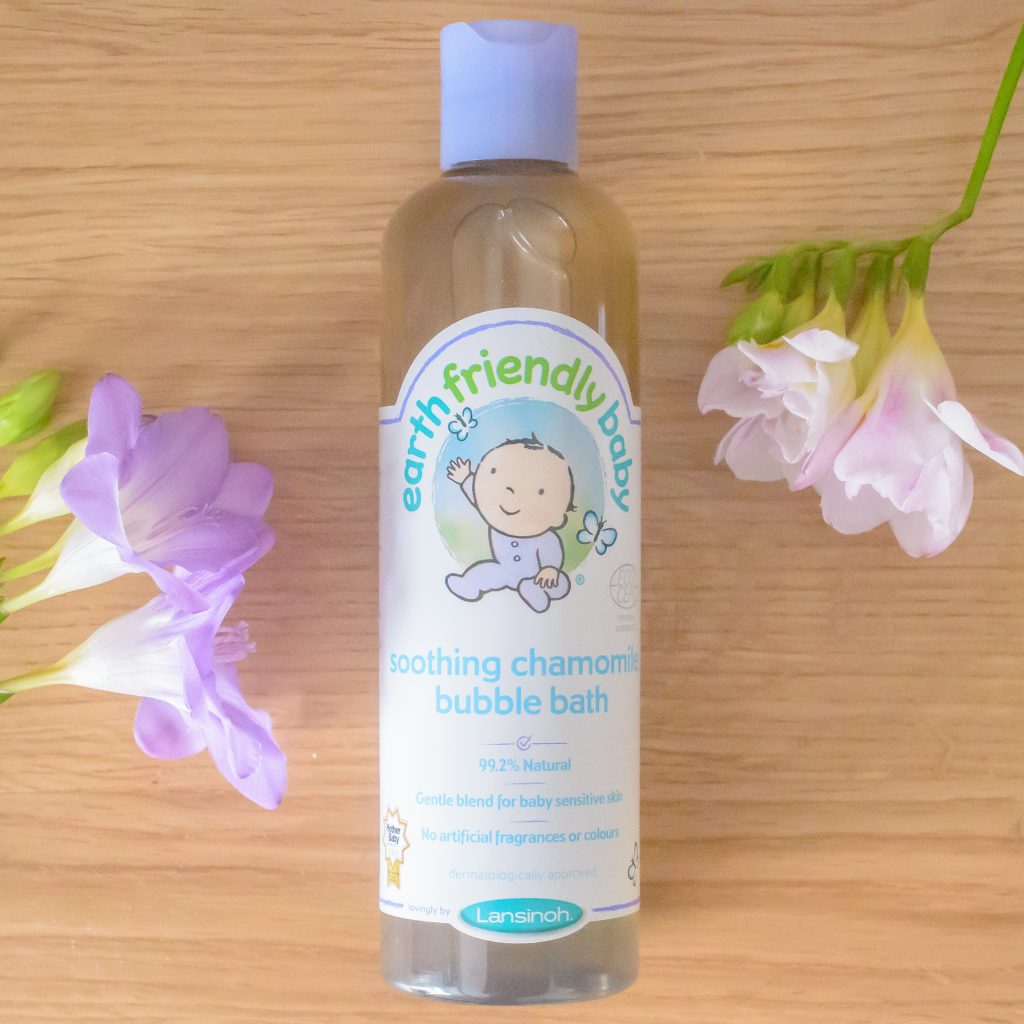
#3 – Johnson’s Baby Oil
Why you shouldn’t use it
Contains liquid paraffin which is a mineral oil and a by-product of the oil industry. The problem may not be that mineral oils are harmful, rather that they do not moisturise and simply put a barrier layer on to the skin. There are many healthier oils that are safe for baby’s skin, like sunflower, sweet almond, etc.
What to use instead
We used Lucy Bee’s Organic Coconut Oil on Jonah’s cradle cap and it worked great! After massaging a small amount in, we used a baby hairbrush to gently lift the scales. Also try Essential Care Baby Massage Oil, highly commended in the TIPS Midwife Tested awards, or Earth Mama Angel Baby’s Baby Oil, which contains skin-friendly grapeseed and jojoba seed oils, and gentle chamomile and calendula essential oils.
#4 – Baby Dove Rich Moisture Nappy Cream
Why you shouldn’t use it
A potentially grotty cocktail. Contains:
- Liquid paraffin (see #3 above).
- Sorbitan sesquioleate, an emollient that may be a contact allergen for some.
- Petrolatum aka petroleum jelly, a mineral-derived product with contamination concerns – may contain polycyclic aromatic hydrocarbons, or PAHs (carcinogenic).
- Dimethicone, a skin-coating silicone that may interfere with the skin’s natural functions e.g. cooling through sweating, removing dead skins cells.
- Glyceryl isostearate, may be contaminated with ethylene oxide or 1,4-dioxane (see #2 above).
- Parfum, could be anything (see #2 above).
- Phenoxyethanol (see #1 above).
What to use instead
We use Weleda White Mallow Nappy Change Cream and Weleda Calendula Nappy Change Cream. Both work really well to block excess moisture and soothe the skin, and are junk-free.
Concluding
There is so much choice online with baby skincare, why take the risk of using baby care products containing potentially harmful ingredients? Fantastic brands like Green People, Weleda, Earth Friendly Baby, etc, really care about what goes in their baby care products. Supermarkets are starting to sell healthier brand products in larger stores which is a great step forward. Check ingredients online before buying and get a heads up by familiarising yourself with chemicals of concern.
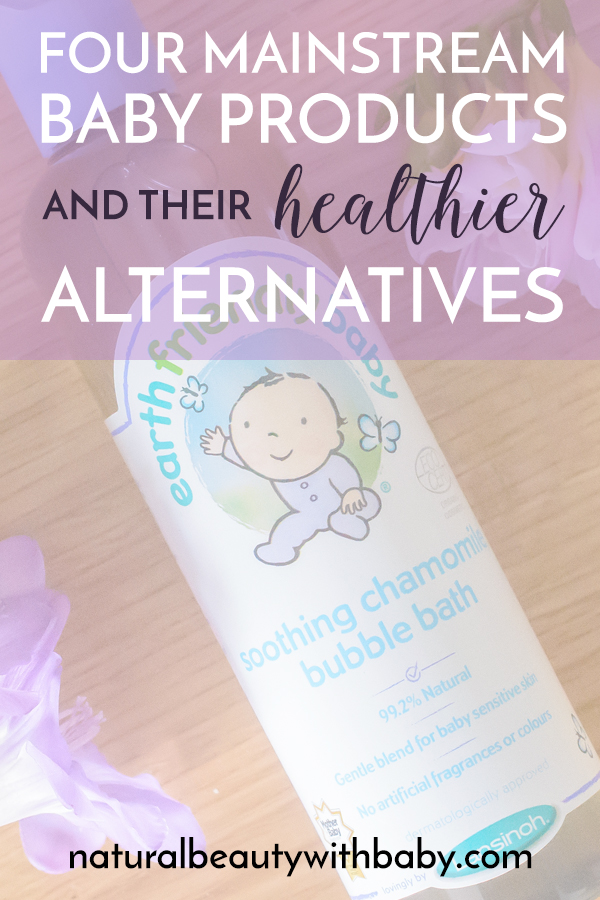
Until next time!

